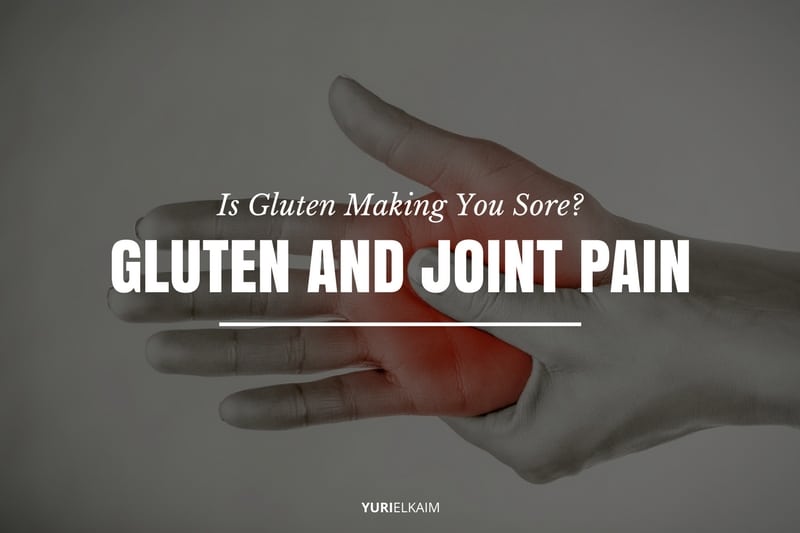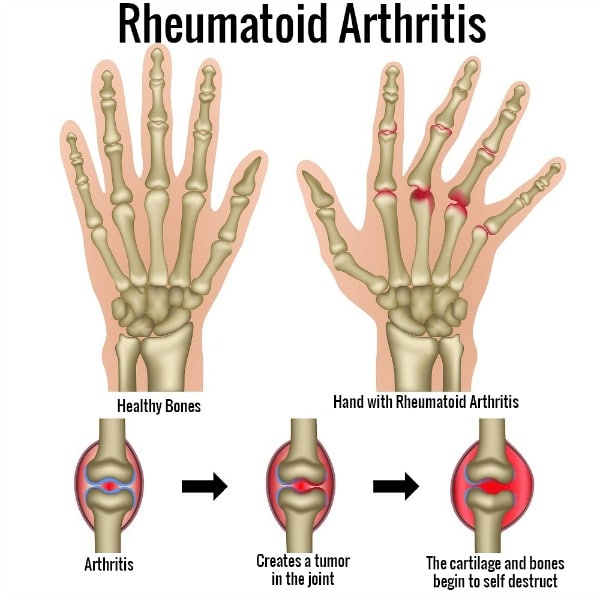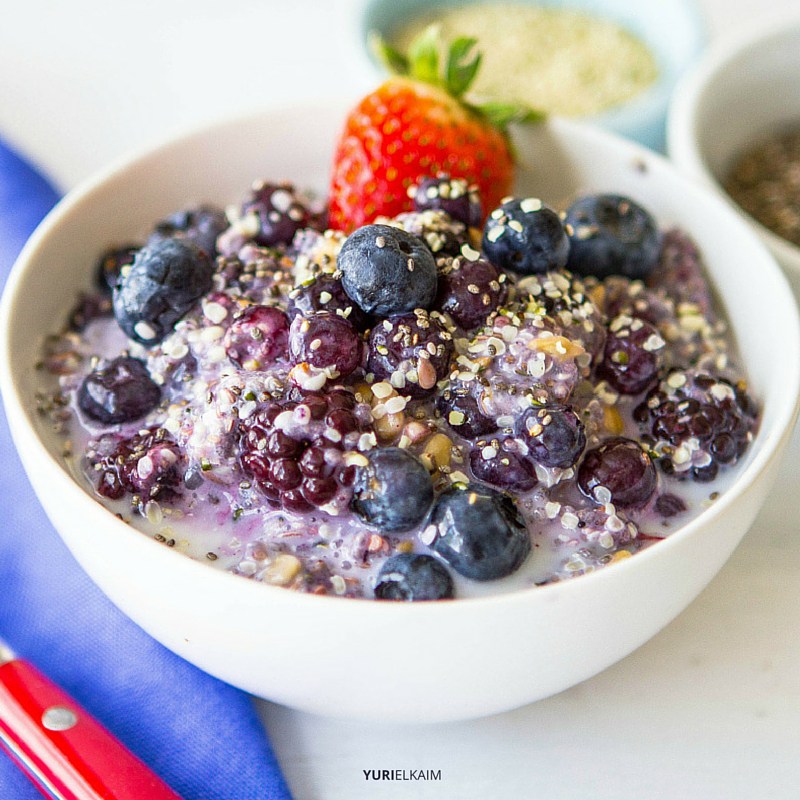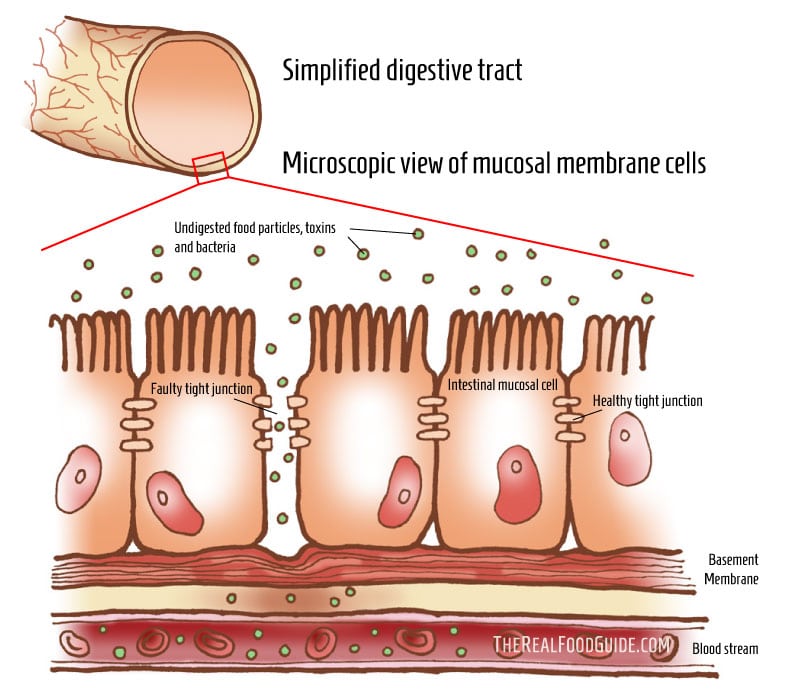In this article
Imagine having constant swelling, stiffness, and weakness in your joints that never seems to go away.
If you suffer from rheumatoid arthritis or chronic joint pain, you know what I’m talking about.
Chances are you’ve tried anti-inflammatory pills or scoured the internet for natural remedies that promise relief, but those you’ve tried have only given you minimal results.
It’s no secret that I believe good health starts from the inside out. That’s because what we put into our bodies makes the biggest difference when it comes to all aspects of our health – even joint pain.
The scary truth is that, for many people, debilitating chronic joint pain can be attributed to a single ingredient that’s found nearly everywhere in our food supply.
In fact, you might not even realize you’re eating it every day, but it can cause widespread inflammation and exponentially worsen arthritis pain.
I’m talking about the connection between joint pain and gluten.
Gluten and Joint Pain: What You Need to Know
Most people don’t realize it, but this sneaky ingredient can cause serious damage in our bodies, especially if you suffer from arthritis (and even if you don’t).
But before we get to the bottom of how taking gluten off your plate can help relieve your symptoms, let’s look at what causes joint pain in the first place.
Inflammation and Joint Pain
Although there are many different causes of joint pain, more often than not it all boils down to one thing: inflammation.
Rheumatoid arthritis is one of the most common sources of joint pain, and it’s also the most common type of autoimmune arthritis. This chronic inflammatory disorder causes symptoms like pain, swelling, and stiffness and it usually affects the small joints found in the hands and feet.
This type of arthritis occurs due to confusion in the immune system. The wires get crossed somewhere and the cells that are supposed to defend our body against invaders and infection start attacking our own healthy tissues instead.
The result is inflammation, which is actually a normal, healthy process designed to help the body to heal. But when things go haywire, it can also lead to chronic pain and swelling in the joints.
This is why many people with rheumatoid arthritis often get injected with steroids or why your doctor might recommend taking an over-the-counter anti-inflammatory like Advil or Tylenol when symptoms flare up.
This is also why the association between gluten intolerance and rheumatoid arthritis is so strong and why gluten might be one of the main culprits behind the inflammation linked to your joint pain.
But What Is Gluten Exactly?
Unless you’ve been living under a rock for the past few years, chances are you’ve heard about gluten. All around us, people are raving about the benefits of a gluten-free diet.
Contrary to popular belief, going gluten-free is not just limited to celebrities, yuppies, or even those with an allergy or intolerance. Instead, most of us can benefit from eliminating gluten from our diet – especially if you suffer from joint pain.
If you’re like most people, you’ve probably heard the word “gluten” tossed around quite a bit. Still, there’s a lot of confusion about what gluten actually is.
Gluten is a type of protein found in wheat and wheat-related grains that is responsible for providing elasticity to dough. Think about how a pizza crust is made by rolling out and kneading the dough. That extra bit of bounce and springiness you might feel when you’re working with the dough is thanks to gluten.
While gluten is present in bread, pies, pastries, and (unfortunately) pizza, it’s also a hidden ingredient lurking in many other food products.
Rye, barley, and wheat are the main sources of gluten but you can also find it in malt beverages (like beer), sauces, gravies, potato chips, soups, and even granola bars.
If you decide to transition to a gluten-free diet, at first it can seem like quite a challenge given the long list of sources of gluten in the diet.
But if you suffer from joint pain, giving up gluten can make a world of difference.
Recommended Recipes (Gluten-Free):
- Fiber Starter Breakfast Bowl
- 3-Ingredient Paleo Sweet Potato Waffles
- Chocolate Chip Chickpea Blondies (Vegan Option)
- The Best Low Carb Mac and Cheese (Paleo)
The Gluten Connection
If you have an allergy to gluten, it’s a no-brainer figuring out how gluten could be triggering tons of the inflammation in your body.
Allergies are caused by an immune response in the body where the immune system essentially attacks the allergen, leading to inflammation. If you have an allergy to wheat or to gluten, eating anything that contains it will set off an inflammatory response, which will lead to even more joint pain.
This type of allergy is known as celiac disease and it can lead to a whole slew of unpleasant symptoms like diarrhea, bloating, gas, and fatigue. The only treatment is to cut wheat out of the diet entirely.
Gluten Sensitivity
But you don’t have to have celiac disease to have an adverse reaction to gluten. In fact, many of us are sensitive to gluten without even realizing it.
Gluten is an irritant in the gut, meaning it passes through the GI tract like a sharp piece of wire, causing damage to the lining of the intestines as it moves along. This, in turn, causes inflammation, which can contribute to – you guessed it – joint pain.
The link between rheumatoid arthritis and celiac disease is pretty well-documented.
Both are autoimmune diseases that work in similar ways physiologically. Studies have shown that rheumatoid arthritis sufferers respond well to a gluten-free diet and a strong relationship has been observed between gut health and joint health (1).
The gut microbiota is made up of good bacteria that improves digestion, boosts our immune system, and keeps us healthy throughout our entire body.
But when you have celiac disease, consuming gluten can actually trigger an immune response, damaging the intestinal lining and spurring inflammation. Eliminating gluten from the diet can ease inflammation and boost beneficial bacteria in your gut (2).
Intestinal Permeability and “Leaky Gut”
Gluten can also contribute to another problem: intestinal permeability. This mechanism is basically the border control of your digestive tract.
It allows nutrients to pass from the intestines to the bloodstream, but it keeps everything else inside. This helps prevent bacteria and random molecules from passing through the digestive tract into the bloodstream, causing major trouble in your body.
When there’s inflammation in the gut, it throws your intestinal permeability all out of whack.
Source: The Real Food Guide
This can contribute to a problem known as “leaky gut syndrome,” which is basically exactly what it sounds like. The seams in the walls of the intestines get looser and looser until particles can pass back and forth freely, leading to a “leaky gut.”
Zonulin Connection
Not only does gluten cause much of the inflammation that can lead to an increase in intestinal permeability, but it can also enhance the release of a protein known as zonulin.
Zonulin can mean big trouble when it comes to intestinal permeability. It loosens up the intestinal junctions, contributing to a leaky gut and boosting inflammation (3).
With an increase in permeability, all kinds of things are suddenly able to float right into the bloodstream and end up in places they shouldn’t be.
Enter Gliadin
Here’s where yet another problem comes in: gliadin.
Gliadin is one of the main components of gluten and its molecular structure is very similar to our body’s own tissue. Our body detects the foreign tissue floating through the bloodstream and triggers an immune response. While this is normally a healthy, normal mechanism used to keep foreign invaders out of the body, in this case it’s not such a good thing.
Because gluten looks so similar to our body’s own tissues, our immune system gets a little confused and can even start attacking our healthy, normal tissues.
The end result is cellular damage and inflammation … not good.
Wheat Protein Danger
Besides gluten, wheat also contains a type of protein known as amylase-trypsin inhibitors (ATIs).
These tiny proteins are known to wreak just as much havoc on the body as gluten itself. Studies have shown that ATIs can increase intestinal inflammation, fueling immune reactions in both intestinal and non-intestinal immune disorders such as rheumatoid arthritis (3).
ATIs also work by activating immune cells and triggering an immune response that can lead to inflammation (4).
In the end, more inflammation translates to more of the stubborn and painful symptoms of joint pain. And with gluten and wheat in the diet, inflammation is pretty much inevitable.
Go Gluten-Free for Healthy Joints
If you suffer from chronic joint pain, it’s definitely worth looking into the connection between gluten and joint pain.
Besides increasing your energy, clearing up your skin, and trimming down on belly fat, going gluten-free can help ease joint pain, especially if you’ve found that nothing else has worked for you.
Eliminating gluten from your diet can seem like an insurmountable task given how common it is throughout our food supply. It’s easier than it seems, however.
Take a look around my website for tons of gluten-free recipes and resources that will help get you started on the right foot. Finally, instead of focusing on what you’re taking out of the diet, put the emphasis on including plenty of plant-based whole foods to help you seamlessly make the switch.
Fast and Easy Gluten-Free Meals
If you’re going gluten-free, it helps to have a stockpile of delicious and quick recipes ready to help make the transition.
Be sure to get your FREE copy of the All-Day Energy Diet Community Cookbook, which features 67 gluten- and dairy-free recipes that are designed to only take about 15 minutes to prepare.
They also are low in sugar – but they taste great, since they were designed by real people like you, who needed gluten-free alternatives.
You can get your copy by clicking the image below!





